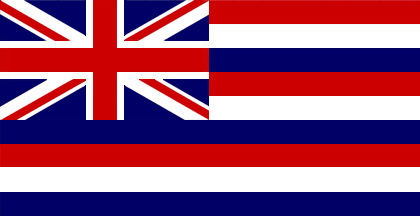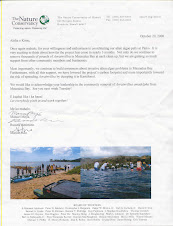
1.

2.

3.

Hawaii Loa ridge between the Ahupua'a o Niu and the Ahupua'a of Wailupe still displays many native plant species from the original native Hawaiʻi dryland type forests which once covered much of the land in this area.
Koa (pic. 3), Maile (pic. 5), ʻIlima (pic. 7), ʻŌhiʻa Lehua (pic. 6), Lama, Naupaka Kuahiwi (pic. 4) & ʻIliahi or Sandalwood (pic. 1 & 2) are just some of the native plants & trees that can still be found here.
The Sandalwood trade, the introduction of foreign plants and trees and the introduction of cattle in the 1800's changed the landscape to a drastic extent. For example, the Kiawe tree which was prevalent in the valleys and lower hills of this area before homes were built was brought in to Hawaiʻi. It was quickly spread all over the place by the cattle which ate the Kiawe beans. The amount of invasive guava on the ridge is alarming as it is in many other areas.
The park and trail head on Hawaii Loa ridge is now at a place in which we once as kids called the dust bowls. The dust bowls were giant eroded out areas of red dirt. The dust bowls were our final destination as kids after hiking up the ridge from the highway and up through where all those million dollar homes are now, or up the side of the ridge where the gorge is above Niu Valley Intermediate School and tennis courts.
In those days Pheasant could be seen flying from the bushes and wild dogs were in the mountains and deep in the valleys which made it quite spooky wondering if you would ever run into them while hiking. Our weapons of choice were pellet and BB guns to defend ourselves and shoot at stuff. I never ran into the wild dogs; however, my family saw them on occasion from a distance in the Niu Valley school grounds and adjacent hills in the 1950ʻs and early 1960ʻs. I did see large dog foot prints in the dust bowls periodically though. Also, the dogs would dig into the deep piles of ironwood needles and make dens for the pups. We saw these ironwood needle dens often in the dust bowls and surrounding areas of the mountain.
There was no trail than behind the dust bowls as there is today that leads up to the top of the Koʻolau mountains (top picture) where you can look over to the windward side of the island to Waimanalo & Kailua.
4.

5.

6.

7.










No comments:
Post a Comment